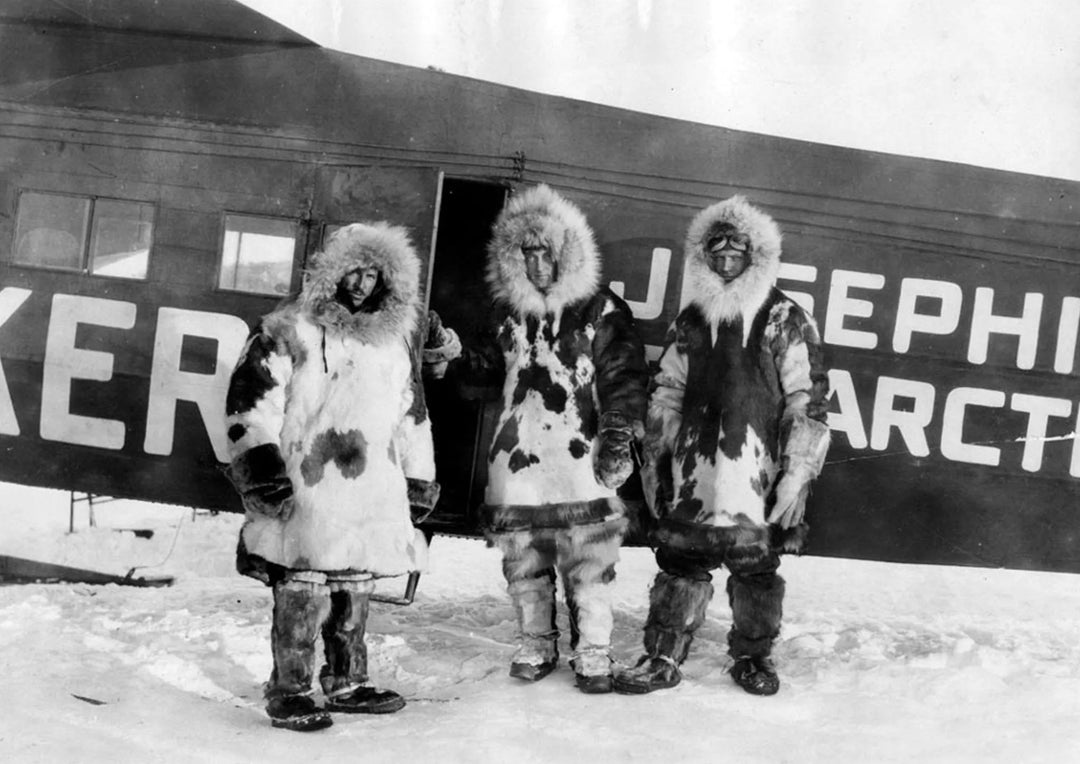A baseball glove is more than just a piece of equipment—it’s a trusted companion on the field. Over time, constant use and exposure to dirt, sweat, and the elements can dry out the leather, reducing its flexibility and durability. Proper care, especially deep conditioning, can preserve your glove’s performance and extend its life. This guide will walk you through everything you need to know about deep conditioning baseball glove leather.
Understanding Leather Types in Baseball Gloves
Baseball gloves are crafted from various types of leather, each with unique characteristics and care requirements.
1. Full-Grain Leather
-
Characteristics: The highest quality leather, known for its durability and toughness. It offers excellent performance but requires consistent care.
-
Care Requirements: Benefits from deep conditioning to maintain its natural oils and flexibility.
2. Kip Leather
-
Characteristics: A lightweight and softer leather, often used in high-end gloves. It breaks in quickly and offers a sleek finish.
-
Care Requirements: Regular conditioning to retain its softness and prevent drying.
3. Steerhide Leather
-
Characteristics: Extremely durable and stiff, often used in gloves for professional players.
-
Care Requirements: Requires a thorough break-in process and periodic conditioning to maintain flexibility.
Understanding your glove’s leather type ensures you use the appropriate products and techniques for conditioning.
Pre-Conditioning Preparation
Proper preparation is essential for effective conditioning. Before applying any products, your glove needs to be clean and ready.
1. Cleaning the Glove
-
Use a soft brush or cloth to remove dirt and debris.
-
For tougher grime, use a leather-safe cleaner to gently cleanse the surface.
2. Assessing the Leather
-
Look for cracks, dryness, or stiffness to determine the extent of conditioning required.
-
Check high-wear areas like the palm and webbing for signs of wear and tear.
This preparation ensures the leather can absorb the conditioner evenly, maximizing its effectiveness.
Selecting the Right Conditioning Products
Using the right products is key to successful glove conditioning. Here are some popular options and their benefits:
1. Natural Oils
-
Pros: Penetrates deep into the leather, restoring its natural oils.
-
Cons: Can darken the leather and may attract dirt if over-applied.
2. Cream Conditioners
-
Pros: Provides a balanced level of hydration and protection.
-
Cons: Requires careful application to avoid build-up.
3. Commercial Conditioners
-
Example: Glove Conditioner is specifically designed to nourish and protect baseball gloves without leaving residue.
-
Pros: Tailored for sports equipment, ensuring optimal performance.
When choosing a product, consider your glove’s leather type and your personal preferences for maintenance.
Step-by-Step Guide to Conditioning
Follow these detailed steps to deep treat leather gloves effectively:
-
Apply the Conditioner
-
Use a clean, soft cloth to apply a small amount of conditioner.
-
Focus on one section at a time, ensuring even coverage.
-
Work the Conditioner In
-
Use circular motions to massage the conditioner into the leather.
-
Pay extra attention to the pocket, palm, and webbing for flexibility.
-
Remove Excess
-
Wipe off any excess conditioner with a dry cloth to avoid residue build-up.
-
Let It Rest
-
Allow the glove to sit overnight in a cool, dry place to absorb the conditioner fully.
Deep conditioning enhances the leather’s suppleness, ensuring your glove remains comfortable and responsive.
Post-Conditioning Care
After conditioning, it’s important to take steps to maintain your glove’s shape and readiness.
1. Proper Drying Techniques
-
Avoid exposing the glove to direct heat sources, which can cause the leather to crack.
-
Let it air-dry naturally in a ventilated area.
2. Maintaining the Shape
-
Place a ball inside the glove and secure it with rubber bands to retain its pocket shape.
These steps ensure your glove stays in peak condition after treatment.
Routine Maintenance
Regular maintenance is essential to prolong your glove’s life and performance.
1. During the Season
-
Wipe down your glove after every game to remove dirt and sweat.
-
Apply a light conditioner once a month to maintain flexibility.
2. Off-Season Care
-
Store your glove in a cool, dry place away from direct sunlight.
-
Apply a thorough conditioning treatment before storing it for the season.
Routine care keeps your glove game-ready, ensuring consistent performance.
Troubleshooting Common Issues
Sometimes, problems may arise despite regular care. Here’s how to address them:
1. Over-Conditioning
-
Signs: Sticky or overly soft leather.
-
Solution: Wipe off excess conditioner and allow the glove to air out.
2. Under-Conditioning
-
Signs: Cracks or stiffness in the leather.
-
Solution: Apply an extra layer of conditioner and let it absorb fully.
3. Uneven Wear
-
Solution: Focus conditioning efforts on high-wear areas to restore balance.
When in doubt, professional restoration services can help address severe damage or wear.
Advanced Tips
Tailor your conditioning routine based on your glove’s usage and your position on the field.
1. Break-In Assistance
-
Use conditioning to aid in breaking in a new glove, ensuring it molds perfectly to your hand.
2. Position-Specific Needs
-
Catchers and infielders may require more frequent conditioning due to higher wear.
These advanced tips help you customize care for your specific needs, enhancing performance.
Deep conditioning your baseball glove leather is essential for maintaining its performance and durability. From cleaning and conditioning to advanced care techniques, each step ensures your glove remains a reliable companion on the field. Pecard’s high-quality products like Glove Conditioner can make the process easier and more effective, helping you get the most out of your investment. With regular care, your glove will continue to deliver exceptional performance season after season.
FAQs
1. How often should I condition my baseball glove?
Condition your glove every 3-6 months, depending on usage. Products like Glove Conditioner provide consistent results without over-conditioning.
2. Can I use household oils for conditioning?
It’s best to avoid household oils, as they can damage leather over time. Use specialized conditioners designed for baseball gloves instead.
3. What are the signs of over-conditioning?
Over-conditioned gloves may feel sticky or overly soft. Wipe off excess product and let the glove air out to resolve this issue.
4. How do I restore a dried-out glove?
Apply a generous amount of conditioner, such as Pecard Leather Care products, and let it absorb overnight. Repeat the process if necessary for deep hydration.






